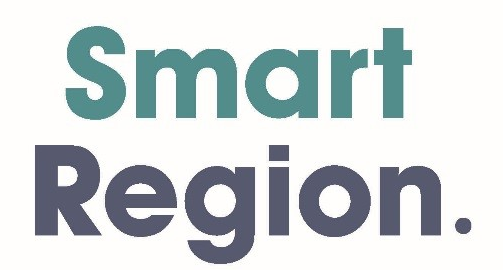Choosing Broadband Connection For Your Business
Introduction
With many types of internet access technologies, and many more internet service providers out there, it can be difficult to decide which broadband choice is best for your business.
This guide provides an overview of how broadband works and what types of broadband connections for your business you can choose from.
It also highlights advantages of business broadband over domestic packages, outlines benefits of fibre broadband and gives guidelines on broadband security to help you safeguard your business.
Types of broadband
Broadband is a general term for any telecommunications technology that allows for a transfer of large amount of data using either fixed telephone lines or wireless communication methods.
The term ‘broadband’ commonly refers to high-speed internet connection that is always on, and that is enabled via:
- fixed lines, eg DSL (digital subscriber line), cable and fibre optic technologies
- wireless access, eg Wi-Fi networks, Wi-Max, mobile and satellite technologies
The type of broadband available to your business will depend primarily on the location of your premises. Most widely available are ADSL (asymmetric digital subscriber line) and increasingly fibre optic connections.
ADSL
ADSL is the most common technology used for broadband connections in the UK. It uses existing analogue telephone networks and can deliver download speeds from 0.5 Mbps up to 24 Mbps. Maximum upload speeds generally range from 0.25Mbps up to 1Mbps.
ADSL technology is distance-sensitive. The exact speed of connection will depend on:
- how far your premises are from the telephone exchange
- whether the exchange has been upgraded to offer newer, faster services
Find out more about the ADSL technology on the thinkbroadband website.
If you are a small office or sole trader, a basic business ADSL line may be enough to meet your needs. However, if you want to grow your staff quickly, reduce time to do online business tasks or are looking to embrace new online opportunities, eg cloud storage or online marketing, then you may want to consider faster connections, such as fibre broadband.
Fibre broadband
Fibre optic broadband uses the latest fibre optic technology to provide faster, more reliable internet speeds.
Most common variant of fibre broadband is fibre to the cabinet (FTTC), which can supply download speeds of over five times the maximum ADSL rate. For more information, see the page in this guide on fibre broadband for your business.
Fibre is currently being rolled out in Northern Ireland and is available from a range of providers. Read about fibre broadband in Northern Ireland on the nibroadband website.
Cable broadband
Broadband services are often available via cable TV operators using high speed fibre optic networks. Most cable companies offer bundled packages that include telephone, broadband connection and TV channels.
Wireless access
Where broadband cannot be delivered via telephone or cable, it may be available using wireless technology. Local WiFi hotspots are increasingly available, and are often provided in airports, hotels, cafes, pubs and motorway service stations. Some operators also offer mobile phone style ‘roaming’ facilities. Worldwide interoperability for microwave access (Wi-max) is a fast-emerging alternative to WiFi and makes it possible to provide broadband to areas where other technology is unsuitable.
Satellite broadband
Businesses in remote areas that are not served by ADSL, cable or wireless can access the internet by satellite.
Satellite broadband uses a satellite dish to provide two-way access to broadband services. Download and upload speeds may vary, but faster speeds and more competitive deals are increasingly becoming available. Find a satellite broadband guide on the thinkbroadband website.
Mobile broadband
Mobile broadband enables you to connect a portable computer wirelessly to the internet using the 3G or 4G mobile phone network. By plugging a USB device called a dongle into your laptop, you can get broadband access anywhere there is 3G or 4G coverage.
Mobile broadband can be very useful for regular travellers who need to work on the move. However, downloading speeds can be slow and coverage is not universal, particularly in rural areas. Read the beginner’s guide to mobile broadband on the thinkbroadband website.
Leased lines
Larger businesses or businesses with specialist data requirements may want to consider other options offered by business internet service providers, such as a dedicated ‘point-to-point’ leased line connection. Leased lines provide higher bandwidths, and better security and privacy over a line that is used exclusively by the purchasing business.
Each broadband connection method has their benefits and drawbacks. You should consider your options carefully. When looking at broadband packages, it might be helpful to think about:
- your location, as not all broadband deals will be available in your area
- your usage requirements, including bandwidth and speed needs, for now and for future growth
- your budget, factoring in set up fees, monthly line rental and contract terms and fees
For more information, see nibusinessinfo‘s guide on how to choose the right internet service provider.
Read more: nibusinessinfo.co.uk




